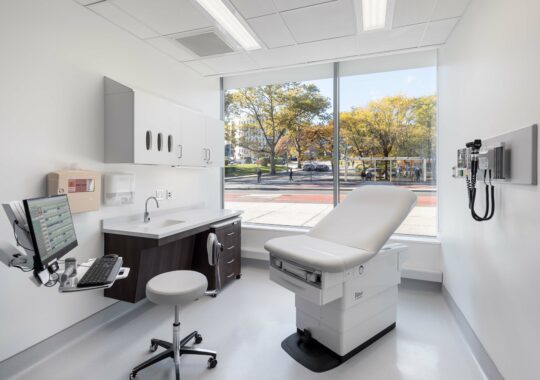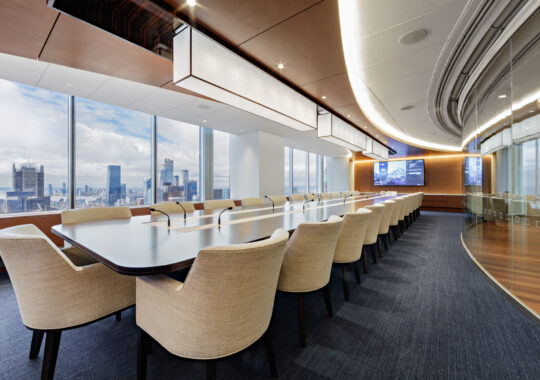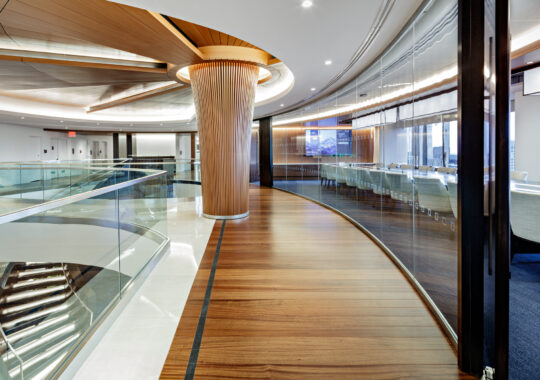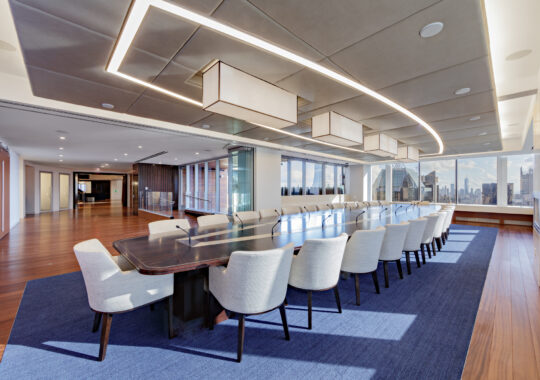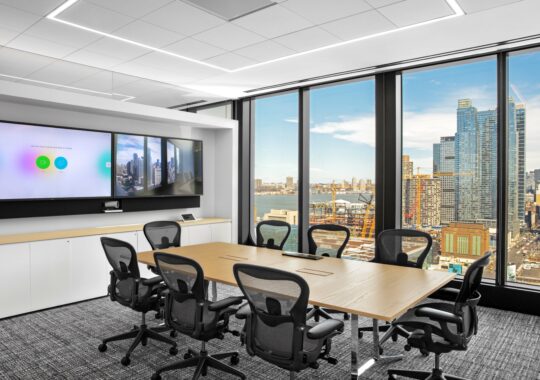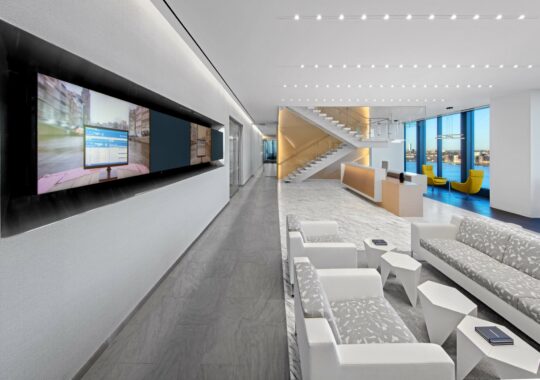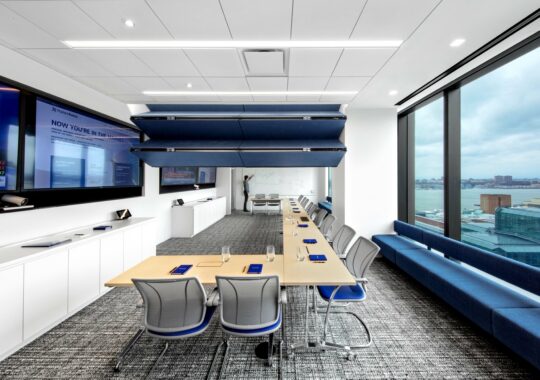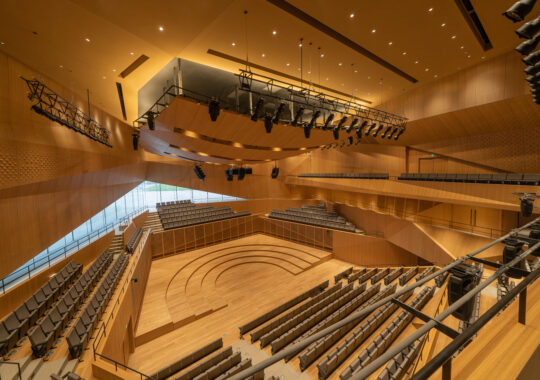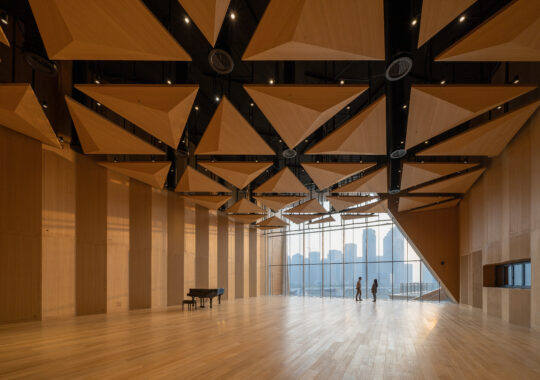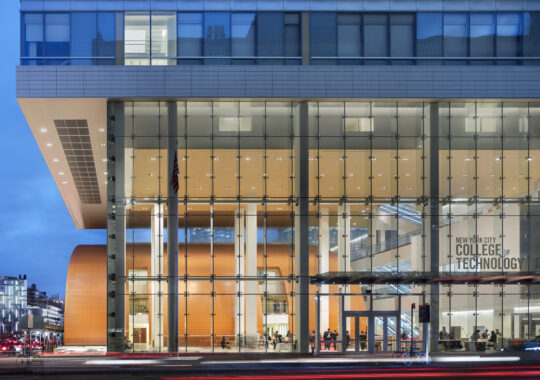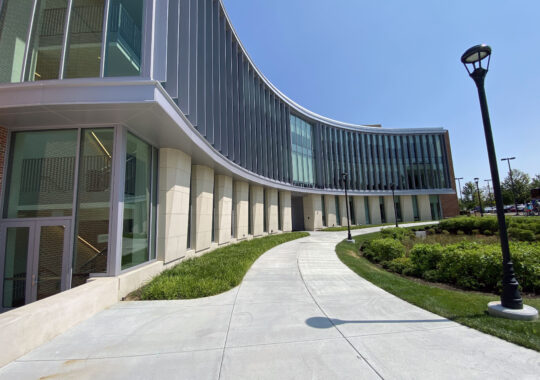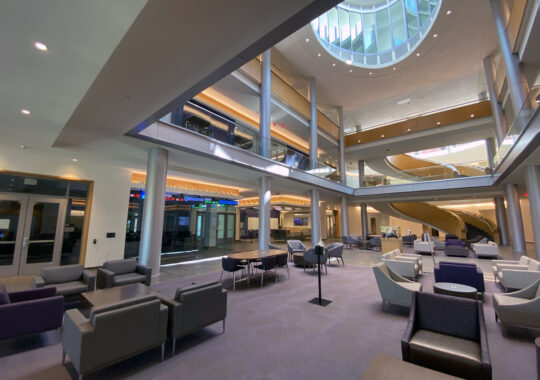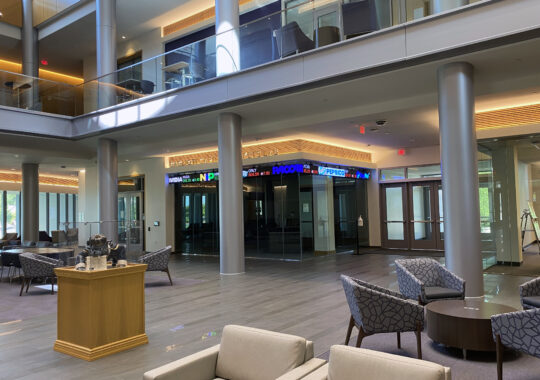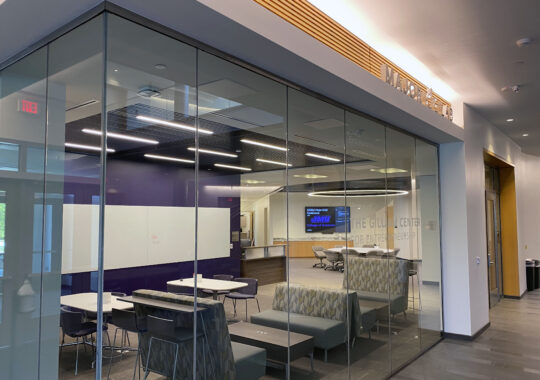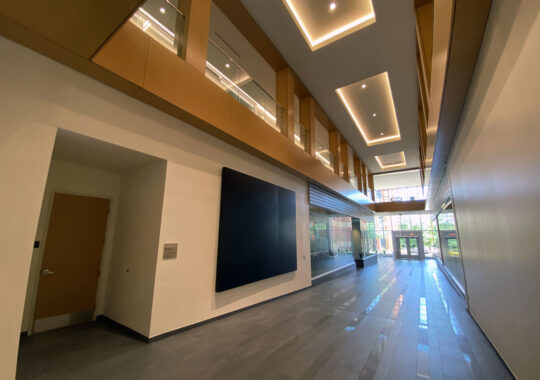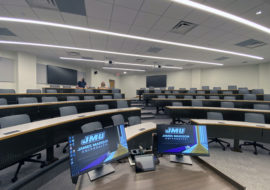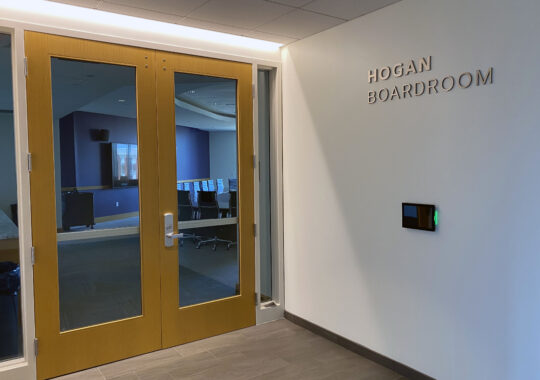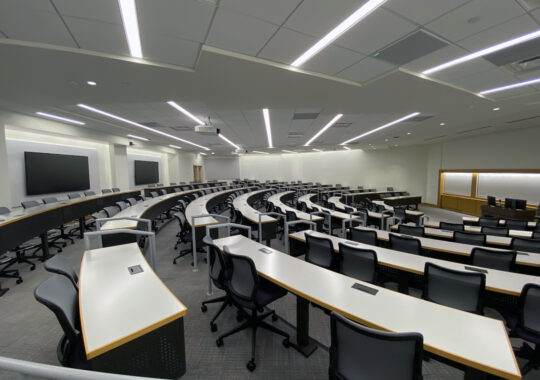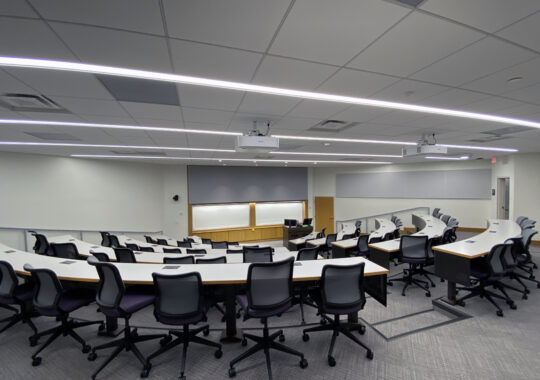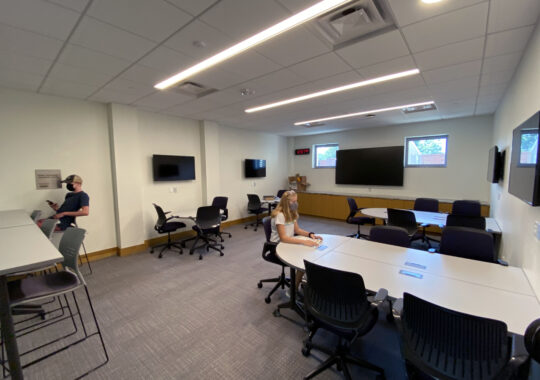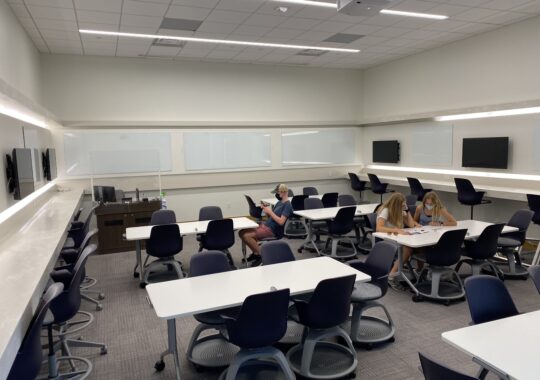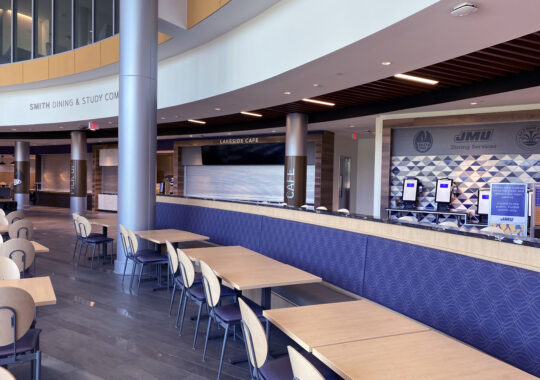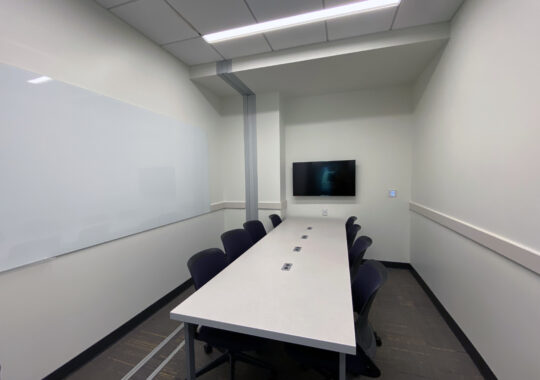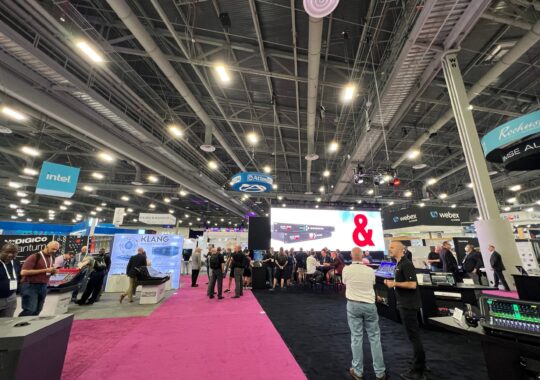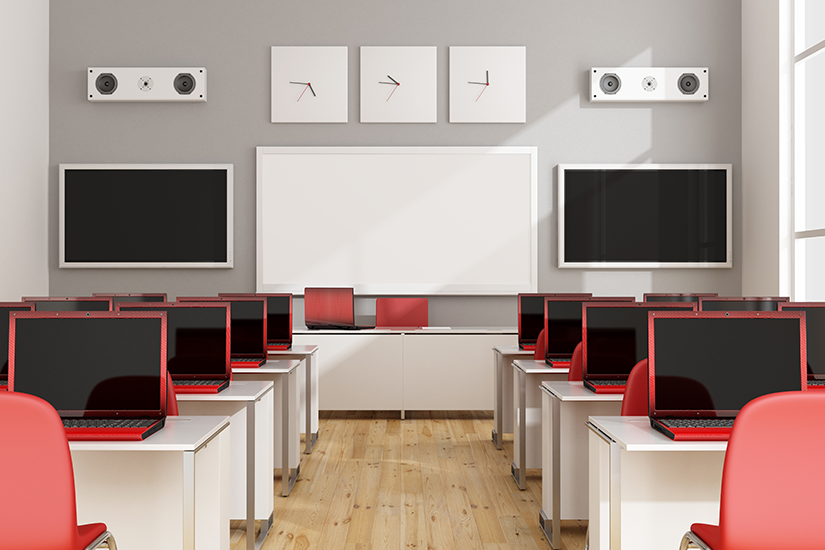“Approximately 15-20 percent of people are neurodivergent, i.e., have one of a collection of conditions that includes autism spectrum disorder, attention deficit hyperactivity disorder, and dyslexia. Employers are beginning to recognize that, in addition to simply being the right thing to do, accommodating neurodiverse people can provide a significant competitive advantage,” says HOK. Neurodiversity is a concept first established by an Australian sociologist in the 1990s as a term to describe “the idea that people experience and interact with the world around them in many different ways; there is no one “right” way of thinking, learning, and behaving, and differences are not viewed as deficits” (Harvard Health).
The term neurodiversity is meant to celebrate the natural variations of the human brain, and the term is often used to advocate and bring awareness that neurodivergent individuals should be treated as equals to their neurotypical counterparts. “Neurotypical” is used to describe someone who does not have a neurodevelopmental or intellectual disorder. Typically, individuals with neurodevelopmental and intellectual disorders have co-occurring conditions which mean that if you have one condition (say ADHD) you are likely to also have one or more conditions such as mood disorders (like depression or anxiety), autism, Tourette syndrome, OCD or a learning disability (such as dyscalculia, dyslexia or dysgraphia). Those who fit in this category would be “neurodivergent” or “neurodiverse.”
The conditions that neurodiverse individuals face effects the way the brain processes information, and therefore require different technologies and strategies to accomplish tasks that may be taken for granted by neurotypical individuals. As an advocate of neurodiversity and inclusivity, and someone who has personally experienced the strengths and challenges of conditions like ADHD, Dyscalculia and Autism, it is extremely important to not only recognize the differences between the neurodiverse and neurotypical but to also create an environment that supports all brain types, particularly for those that are considered “different.”
There is No One-Size-Fits-All Solution
Supporting neurodiversity can be tricky because not everyone experiences their condition the same way and naturally have varying level of support needs and ways of learning. Diversity by nature is a variety or a range of different things.
The first step in supporting the neurodiverse is understanding a person’s needs on an individual level, and not trying to slap on a one-size-fits-all band-aid. There are key challenges such as working memory and executive functioning challenges in individuals with ADHD, and social and communication differences for individuals with autism. Because these conditions are on a spectrum, how an individual will experience and manage these situations will vary. The environment plays a key role as well.
So where do we start? Having an open and honest dialogue is imperative. Simply put, you cannot understand someone’s needs without having that initial conversation. Onboarding for new hires in work environments is a great time to check in with your new team member to find out how they work best, what needs they might have in order to succeed, and if there are any obstacles, they see in completing their job. Some of these questions might look like this:
> What kind of workspace environment do you prefer to work in? Or do you prefer to move around as you work, such as utilizing sit/stand desks or working at a desk for part of the day and shifting to an open workspace?
– You can provide examples like an open workspace, small collaboration spaces, designated office)
> What form of communication works best for you to track deadlines and deliverables?
– You can provide examples like sending out calendar invites, emails, task management platforms (such as Planner, Asana or Trello)
> Is there anything I haven’t asked that would help communications and engagement with your team and how you do your best work?
> What kind of learning style(s) work best for you (for example are you more visual, auditory, reading/writing, kinesthetic)?
This same concept would apply to teacher-student relationships, friendships, and society in general. Also notice how none of the sample questions require the new hire or teammate to disclose their condition if they don’t want to, and that many of these accommodations and considerations can greatly benefit neurotypical colleagues as well.
In addition to having this conversation at an individual level, there are other strategies that can be implemented and considered. Accommodations like flexible schedules and hybrid work environments are examples that provide avenues for all brains regardless of how they’re wired. A hybrid work environment doesn’t have to be just about working from home and in-office. It can also be about how we work within the office itself as well. Having the right culture, process, and technology in the office and apps literally in hand can make the difference for someone whose neurodivergent feel like they are disabled or not.
Technology and Design for Time and Space
There are many reasons why having multiple areas to work and move around allow colleagues and students to focus better. These areas may look like collaboration spaces (traditional or digital whiteboards and the ability to access and collaborate remotely), huddle rooms, conference rooms, lounge areas, focus spaces, and break areas that are more than a café.
The term “body double” refers to a technique that can help some people with ADHD focus. They don’t necessarily need to be working on the same task but having someone else present can help with staying on task, so a collaboration or lounge area where others are likely to be could be helpful in these situations. Some may need a quiet place away from colleagues to recharge. Typical break rooms are noisy or not conducive to focused, heads down work, or a 5-minute break from work before jumping into the next task. The Pomodoro technique is a method like a Tabata workout, where you work for a set amount of time (say 25-50 minutes) and then take a set amount of time away from work (say 5-15 minutes).
For inspiration, we would recommend you check out HOK’s article looking at the home, hub, and spoke model.
Working from home allows a neurodivergent person to control their environment and routine more intimately, responding to their needs as they arise. There’s also less stigma attached to taking structured breaks and utilizing a phone (either for breaks, work, or apps as we’ll discuss). Having a disability or cognitive impairment does not mean you can’t get the job done, it just means you may go about it differently.
When working in an office setting it’s important to consider the space you are in. Open offices are considerably noisier than a traditional closed office design. In modern workplaces, open offices and coworking spaces are a hot commodity, though, and can prove as a barrier to some neurodiverse.
Design considerations for the office that can greatly improve sensory, communication, and information retention for the neurodiverse community include:
In meeting and shared spaces:
> Sound masking systems
> Acoustic paneling
> Closed captioning & transcription services
> Voice lift and echo cancellation
> Natural lighting (avoiding fluorescent lighting when possible)
> Opting for audio systems that offer full duplex audio, and microphones with beam tracking or controllable lobes
> Opting for cameras that have intelligent auto-tracking
> Reservation Panels
– Being able to reserve a desk in an open work environment or booking a conference room can remove anxiety and minimize the degree of uncertainty around a routine or schedule which can be challenging for some individuals with autism or mood disorders.
> Digital Signage and Wayfinding Solutions: these technologies are becoming more and more common practice for buildings like offices, schools, and hospitals. These systems are huge in providing visual directions and announcements to individuals that might struggle with language barriers, hearing barriers, or executive functioning differences.
– Color Coding: I am a big fan of color coding in general. From spreadsheets to calendars to notes. Color coding allows me to process information easily and in categories (or colors) based on a priority list I can set. For large organizations or operational facilities, this strategy can also be used for organizing materials or other processes too.
For individual workspaces:
> Noise-canceling headphones – Sony, Shure, Sennheiser, JBL, Jabra, Poly, and Bose are a few brands that make excellent headphones. Headphones like the Poly Voyager 2 offer acoustic fencing technology to block out the noise around you from getting picked up through your microphone too. This helps those on the far end hear you more clearly. Wearing headphones while working can also block out distractions and drive focus.
There are headphones for music (like Bose or Sony) and some that are better for meetings (like Jabra or Poly). Some are better for monitoring audio (like Shure and Sennheiser).
> Mic, speaker, and lighting for workstations
> Natural lighting
Accounting for Multiple Ways of Learning & Processing
Many with attention deficit hyperactivity disorder (ADHD) can struggle with initiating, prioritizing, and following through on tasks. Learning disabilities can also make it difficult to follow written instructions/manuals or take notes in a meeting. Even neurotypical individuals will typically learn best with multiple learning styles.
Common learning disabilities may include (US News):
> Dyslexia – Difficulty spelling, recognizing words, and making connections between letters and sounds. Challenges or delays in speaking, learning songs or rhymes, remembering numbers in sequence, and discerning left from right may be present.
> Dysgraphia – Individuals have trouble with writing and may present as having distorted handwriting, leaving out words, and struggling to put thoughts to paper.
> Dyscalculia – Difficulty with numbers, fractions, math concepts, making changes, and telling the time all can be markers of dyscalculia. Particularly trying to do equations in your head.
Accommodating varied ways of learning is a research-backed approach for educators (NCLD.org) that can also be applied to our workplaces as well. Do you learn best by watching, listening, reading/writing, or by doing? Are there tools or processes that allow your team to engage in work with each of these learning styles?
At an individual level, there are some great apps and tools that you can use to help. Consider how your team collaborates and shares information and tasks and ensure there is a way for all learners to organize and engage inclusively too.
> Smart Notebooks: I especially like the Rocketbook and Remarkable Taking notes helps with working memory and executive functioning so there’s less reliance on what is retained in your head at any given time.
> Voice to text/Text to Voice Assistance: OrCam Learn or Dragon are great options, and many platforms like Microsoft and Zoom offer transcription and closed captioning as well.
> Closed Captioning & Translation Technologies: Williams AV provides a great closed captioning & translation service that, in my experience, is one of the fastest and most accurate. Other options include Microsoft Teams and Zoom which are built into their conferencing platforms. These options help those that struggle with hearing impairments, sensory processing, and more.
> List & Task Trackers: Trello, Asana, and Microsoft Planner all have great options to make your standard to-do lists and project manager functions more visual.
> Digital Assistants & Smart Devices like Google, Alexa or Siri: At home or on the go, these digital assistants respond to simple commands and questions through voice commands and prompts. Incorporated into your home or office, you can take it a step further by controlling your room atmosphere, “Siri, turn the lights down”, or “Alexa, set a reminder to call Fred back.”
> Time Management Tools: RescueTime and OWave help you to structure your time, while apps like Pomodor (or a stopwatch) can help with visualizing the realistic passage and awareness of time and taking structured breaks.
> Focus Apps: Calm, HeadSpace, and Focus@Will
Using visualized tools and aids in the workplace or in school can increase productivity in those individuals. These tools can also help neurotypical learners or workers as well, as it is been said that visual aids have been found to improve learning by up to 400% (3M). Taking something like a verbal presentation or task list and making it more visual to your audience can boost your overall retention. Perhaps include videos into your onboarding instead of just written manuals.
Where To Go From Here
Recognizing differences is the first step forward in supporting someone in a minority group. Diversity spans from cultural, racial, and generational, to neurodivergence and beyond. Take the time to understand your coworkers or friends who are not neurotypical, you may be surprised what you find out. And if you are neurodivergent, you may find that you are far less alone than you may feel.
If you are having trouble starting a conversation in unchartered territory, know that it is ok to ask questions. This includes “am I saying this right?” and “is it OK to disclose your learning disability with our team?” set up boundaries for a successful relationship. Questions like “how do you work best?” or “is there anything you need to succeed here?” enable people to provide you with solutions they may be seeking without disclosing.
Resources like the Job Accommodations Network (JAN) can also provide more insight into the neurodiverse and those with disabilities. Websites like MedCircle and Understood.org are also great sites to learn more about neurodevelopmental, intellectual, and mood disorders.



